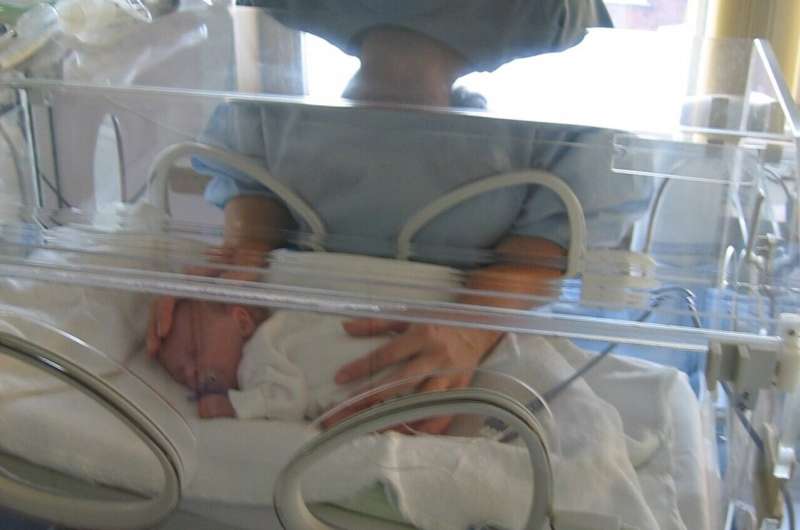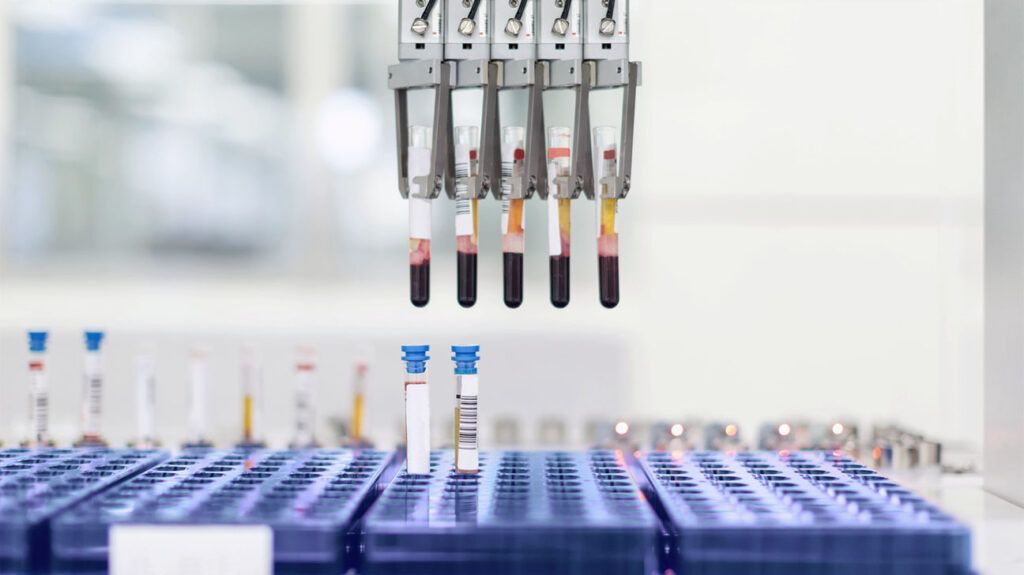New Insights into Tamoxifen's Side Effects: Elevated Uterine Cancer Risk Explained

Recent research uncovers how tamoxifen activates the PI3K pathway, increasing the risk of secondary uterine tumors, despite its benefits in breast cancer treatment. Discover the molecular insights behind this paradoxical effect.
A groundbreaking international study has uncovered a novel mechanism by which the breast cancer medication tamoxifen may increase the likelihood of secondary tumors in the uterus. The research highlights that tamoxifen directly activates a pivotal cellular pathway known as PI3K, which is central to the development of uterine cancers. This finding challenges previous models that suggested genetic mutations were the primary drivers behind therapy-related uterine cancer.
Historically, tamoxifen has been a crucial drug in improving survival outcomes for millions of patients diagnosed with estrogen receptor-positive breast cancer since its introduction in the 1970s. Despite its success, it has been associated, albeit rarely, with an increased risk of uterine cancer. Until now, the molecular basis of this adverse effect was not well understood.
The study, published in Nature Genetics, reveals that in uterine cancers linked to tamoxifen use, mutations commonly seen in spontaneous uterine tumors—particularly in the PIK3CA gene—are less frequent. Instead, tamoxifen itself acts as an activator of the PI3K pathway, bypassing the need for genetic mutations and directly promoting tumor growth in the uterus.
Research leaders from the Berlin Institute of Health at Charité, alongside collaborators from the Broad Institute of MIT and Harvard, Mass General Brigham, and Dana-Farber Cancer Institute, contributed to these findings. Professor Kirsten Kübler explained that this discovery demonstrates how a cancer therapy can paradoxically promote tumor formation in another tissue by activating a pro-tumor signaling pathway. This insight opens new possibilities for enhancing the safety of cancer treatments, aiming towards personalized prevention strategies.
While the overall risk of uterine cancer during tamoxifen therapy remains low and the benefits outweigh the potential risks, these findings offer a vital biological explanation and suggest avenues for future research. The team plans to investigate if similar mechanisms could be responsible for side effects associated with other medications, potentially leading to safer drug designs and improved patient care.
Stay Updated with Mia's Feed
Get the latest health & wellness insights delivered straight to your inbox.
Related Articles
Maternal Gut Microbiome Composition and Its Potential Link to Preterm Births
A groundbreaking study links early pregnancy gut microbiome, especially *Clostridium innocuum*, to the risk of preterm birth, highlighting new preventive strategies.
World Health Organization Confirms No Link Between Tylenol, Vaccines, and Autism
The World Health Organization has confirmed that there is no scientific evidence linking Tylenol or vaccines to autism, countering recent unproven claims. Learn more about the facts and safety recommendations.
Blood Test for Insulin Resistance May Help Predict Early Alzheimer's Cognitive Decline
A simple blood test measuring insulin resistance using the TyG index may predict the rate of cognitive decline in early Alzheimer's disease, opening new possibilities for early intervention and personalized treatment.



